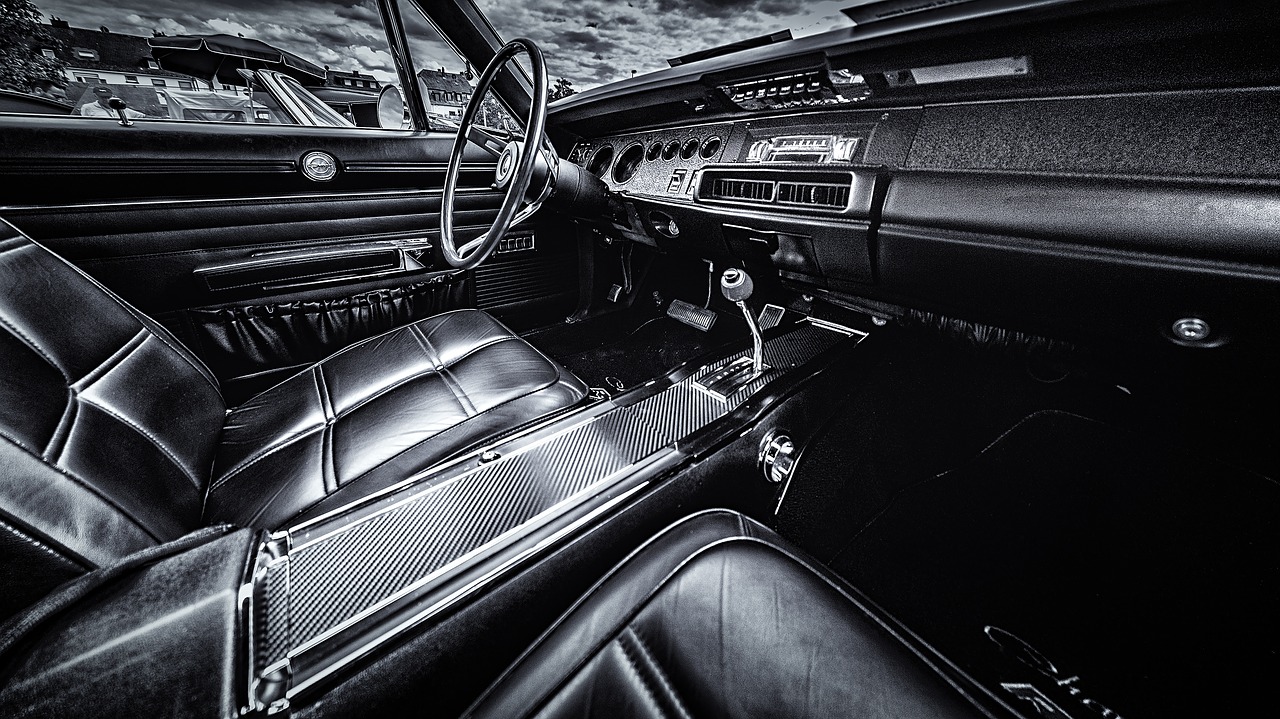Automotive steering forms the basis of any vehicle’s motion control. It comprises of all components, joints and linkages required to transfer power from the engine to the wheels.

Steering also controls angles of the wheels in two axes for directionality.
Two traditional mechanisms that are used till date are Rack & Pinion and Recirculating Ball Steering.
1. Rack & Pinion
Rack-and-pinion steering is the most common type of motion control mechanism in cars, small trucks and SUVs.
Construction
- A Rack & Pinion gear set is enclosed in a metal tube with each end of the rack pointing out from the tube.
- A rod – tie rod or axial rod – connects to each end of the rack.
- The pinion gear is attached to the steering shaft.
Mechanism
When you turn the steering wheel the gear will spin, moving the rack. The tie rod connects to the steering arm, which is attached to a spindle.
The purpose of a Rack & Pinion gear is to convert circular motion of the steering wheel into the linear motion. It allows gear reduction, making it easier to turn the wheels.
The two types of rack-and-pinion steering systems:
- End take-off
- Centre take-off
Variable Ratio Steering
A subtype of Rack & Pinion gear steering is Variable Ratio Steering.
This steering system has different number of tooth pitch at the centre than it has at the ends.
This makes the steering less sensitive when the steering wheel is close to its centre position.
And when it is turned towards lock, the wheels become more sensitive to circular motion of the steering wheel.
2. Re-circulating Ball / Steering Box
Re-circulating Ball Steering is the most commonly used steering system in heavy automobiles.
It runs on Parallelogram linkage, in which:
- The Pitman & Idler arm remain parallel
- The mechanism absorbs heavy shock loads and vibrations
Construction
- The steering wheel is fixed to the steering shaft, which has a threaded rod at the end. The threaded rod is fixed, unlike in the Rack & Pinion type.
- The block has gear teeth machined ON its surface.
- The threads in the rod are filled with ball bearings.
- These ball bearings have two functions: To reduce friction and wear in the gear; Fixing the teeth of the gear to prevent the former from breaking contact with each other when the steering wheel changes direction.
Mechanism
- When the steering wheel is rotated, the rod turns.
- When the wheel spins, the block moves.
- The block moves another gear that in turn moves the Pitman arm.
- The ball bearings in the threads re-circulate through the gear as it turns.
